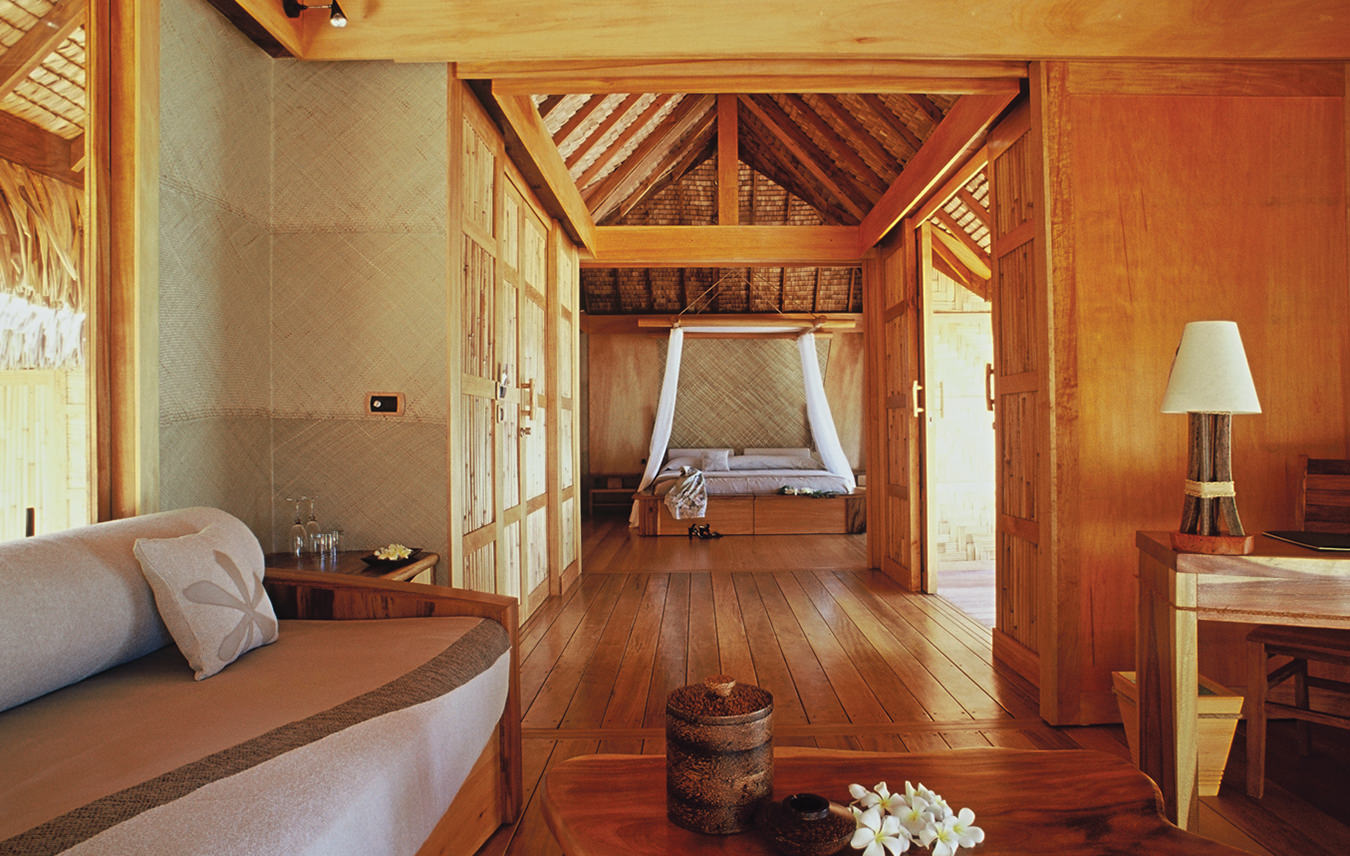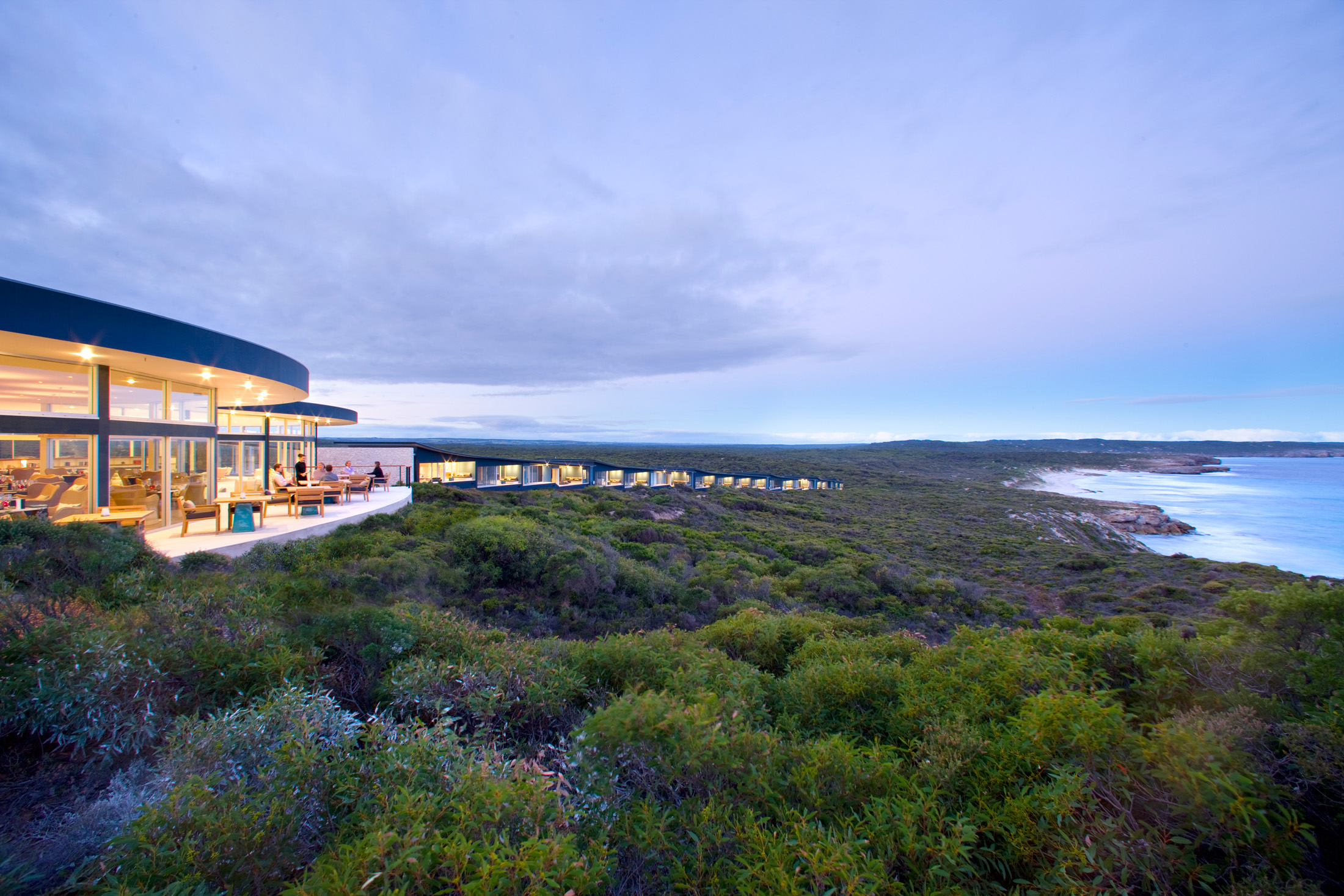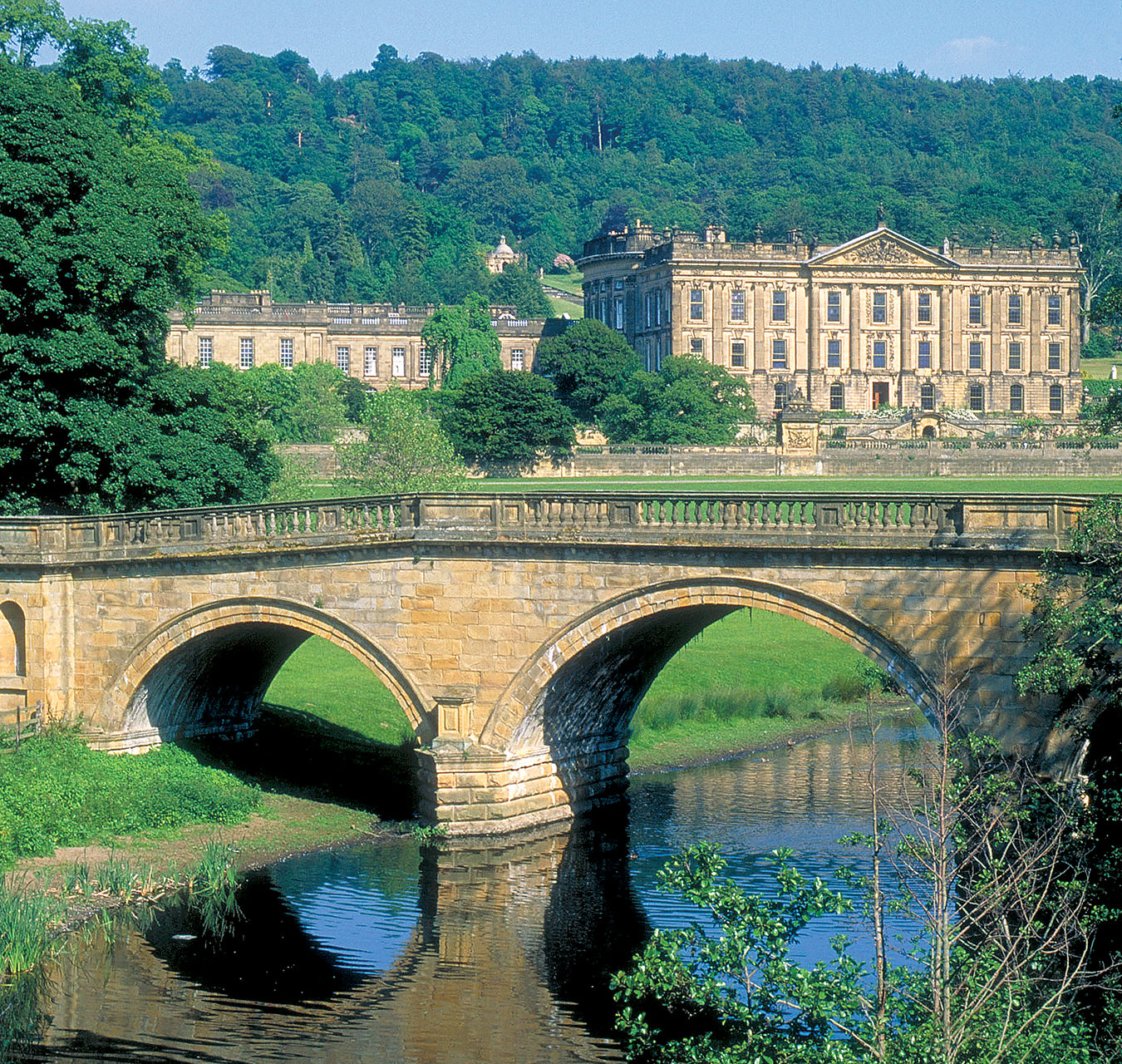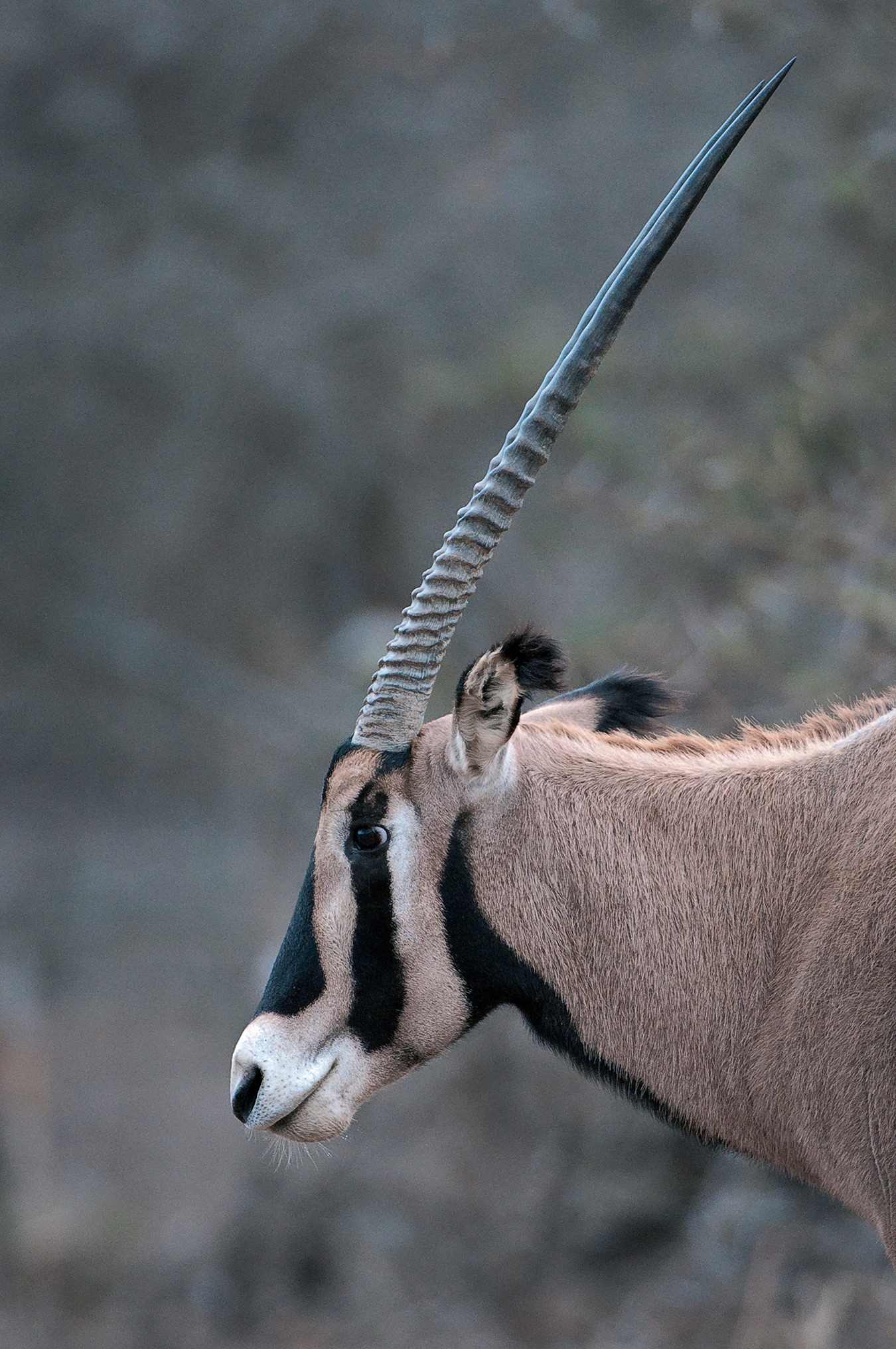Exploring Bamurru Plains in Australia’s Top End
A Wild Bush Luxury experience.
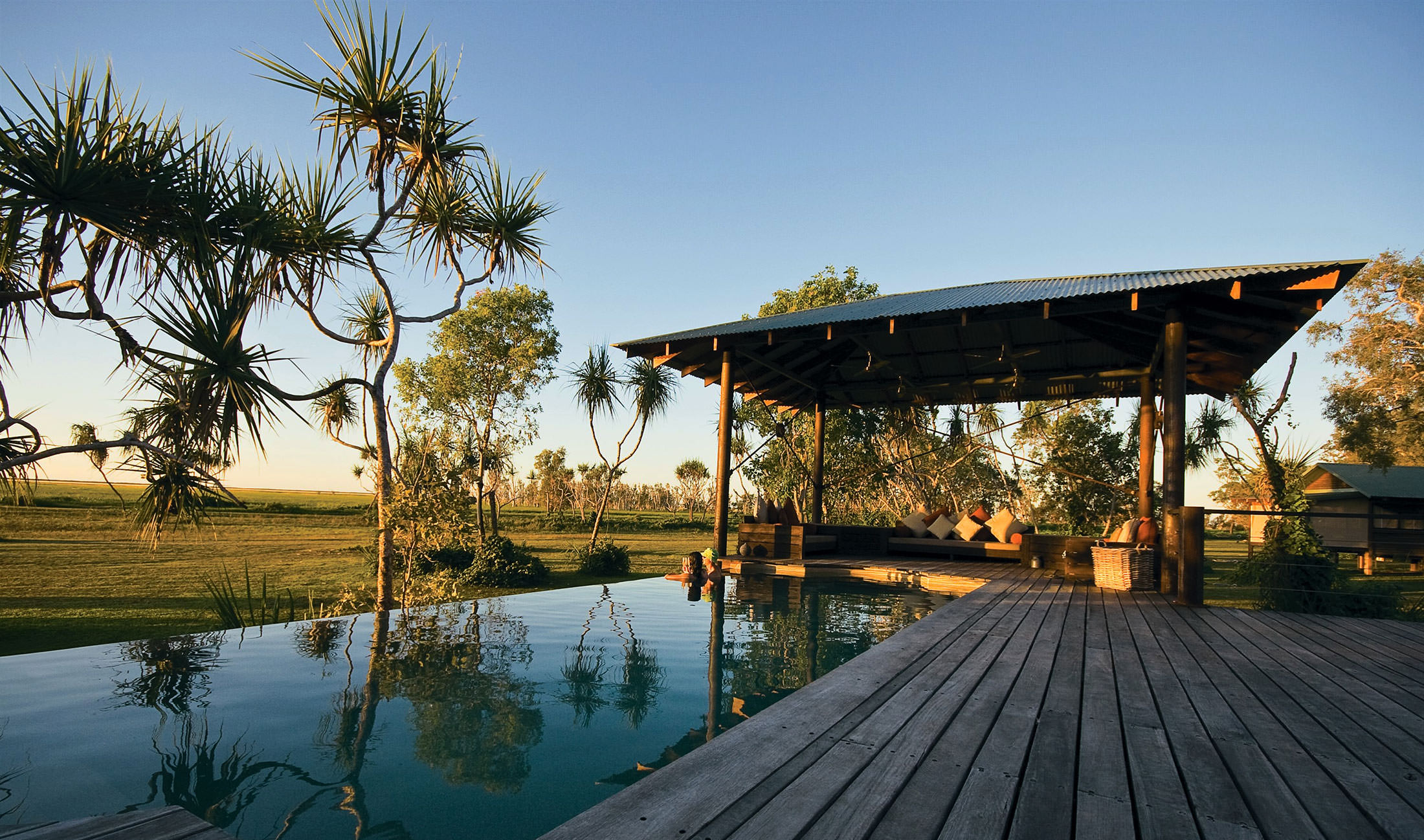
Bamurru Plains
To understand the scope of Australia’s Top End—which is the upper half of the Northern Territory—visualize an area of climatic extremes with a mosaic ecosystem that includes wetlands and rainforest, semi-arid desert and sweltering tropics, all teeming with flora and fauna. To set foot on this terrain is a privilege allowed by its traditional custodians, Australia’s Aboriginal people, who have the oldest surviving culture on Earth, and to whom the land and its people are intrinsically intertwined. Regarded as the country’s last frontier, there is a raw remoteness to many of its parts, and geographically it’s closer to Indonesia than to most of Australia.
My introduction to the Top End occurs 100 kilometres east of Darwin, capital of the Northern Territory and its largest city. Bamurru Plains is an eco-resort situated on a property known as Swim Creek Station, a 300-square-kilometre home to farmed cattle and water buffalo, as well as wild animals aplenty. I fly here on a six-seater ChartAir Cessna from Darwin and am picked up from the airstrip by a guide, Cameron Lambie. He drives us in a Land Rover along the winding dirt road to camp, which rests on the bank of the pristine Mary River flood plains. As agile wallabies hop by, a mass exodus of hundreds of ducks lifts off from the water in a brown maelstrom.
The watery expanse looks tranquil, but is deceptively so; crocodiles lie beneath. So many, in fact, that nearby Sampan Creek is ground zero for one of the largest crocodile populations in the world. I strain my eyes searching for one, to no avail. Besides, it’s the ducks, flying toward a lone hawk in the distance, that hold my guide’s attention. “Since March, I’ve recorded over 150 species of birds,” Lambie says, taking out his binoculars and citing a few of them (white-browed crakes, red-headed honeyeaters, and azure kingfishers). “I’m aiming for 200 by the end of the year.” In plain sight, a gang of buffalo graze and a group of cockatoos floods the front lawn; the pythons and tree snakes, somewhere out there, go unseen.
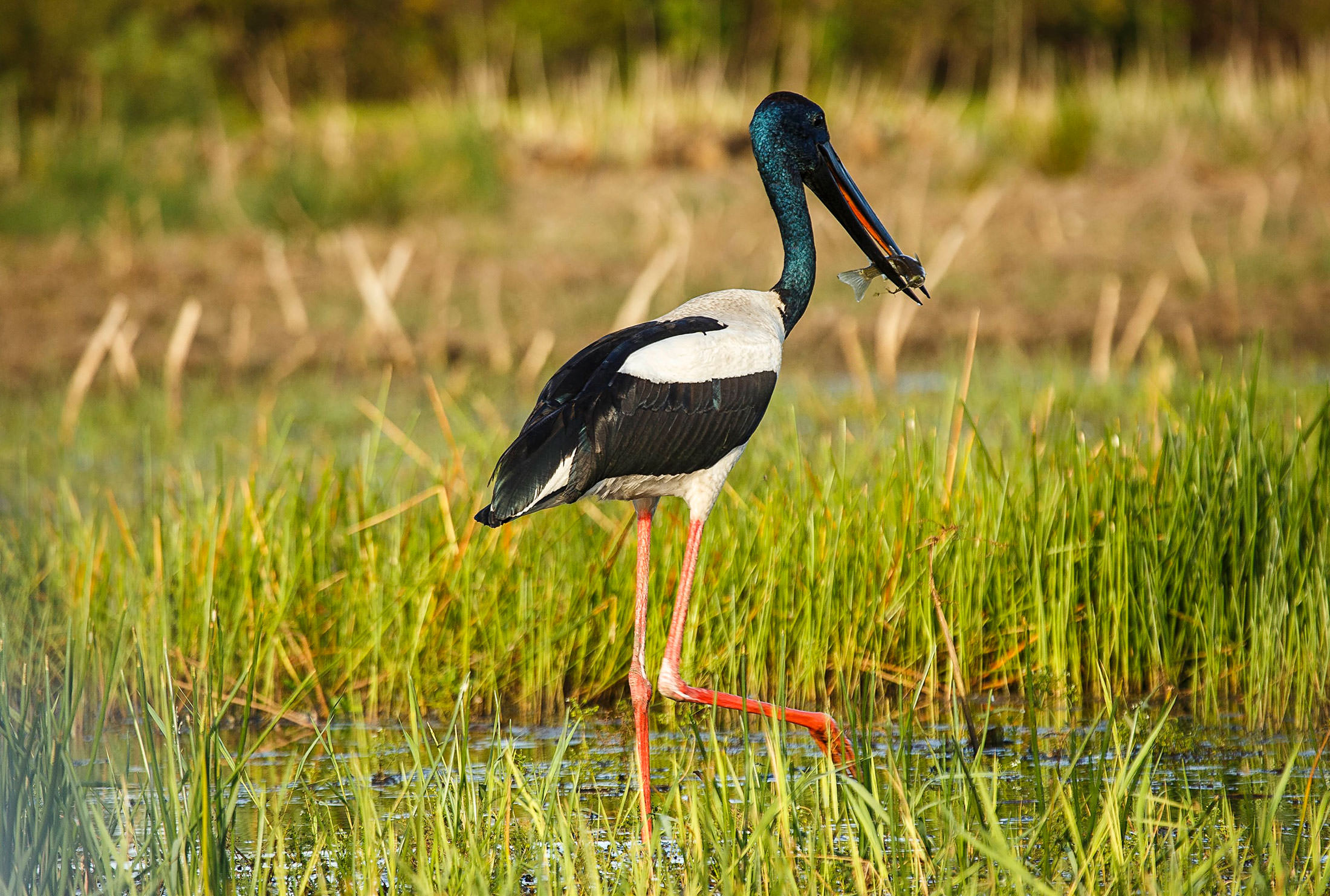
Birds and wildlife, such as this jabiru stork, roam the property freely. Photo by Andre Erlich.
Previously an old hunting lodge, Bamurru Plains opened in 2006 with just three rooms; it is a founding member of the Luxury Lodges of Australia network. Its owner, Wild Bush Luxury, is guided by a firm belief in connecting guests with the bush and staffing its lodges with hosts who are passionate about Australia’s environment, wildlife, and culture. Only 20 guests are hosted at any given time.
Closed from November to February, Bamurru is a dedicated fishing lodge in March and April, with barramundi being the catch of choice—they swim up to the wetland habitats before returning to spawn at sea. (A flip through the guest book reveals fishermen’s tales of great bounty, including a one-day catch tally of 160 fish.)
Then, through to October, the lodge hosts nature-based safaris that explore the coastal flood plains, savannah woodland, and paperbark swamps by ATV-style quad bike, open-top safari vehicle, airboat, or on foot.
The property is inspired by an African tented camp, with one communal building for dining and lounging (outfitted with a fully stocked self-serve bar) and an adjacent patio with a swimming pool. Guests sleep safely inside 10 rustic-chic bungalow tents—which have doors, not zippers—decked out with plush beds and spacious bathrooms. Close-to-nature intimacy is provided by mesh walls—inhabitants can see out, but the outside cannot see in—allowing the sounds of the wild to permeate each tent. A connection to the land is heightened by the lack of technology: no TVs, no cell reception, no Wi-Fi.
En route here, I flew over the curving Adelaide River, which holds its fair share of crocodiles and upon which float tour boats that dangle fresh meat overboard so they will jump for the perfect tourist photo. This behaviour is eschewed at Bamurru, where crocodile spotting is common, but not guaranteed; I don’t see so much as a flash of reptilian scale during my visit.
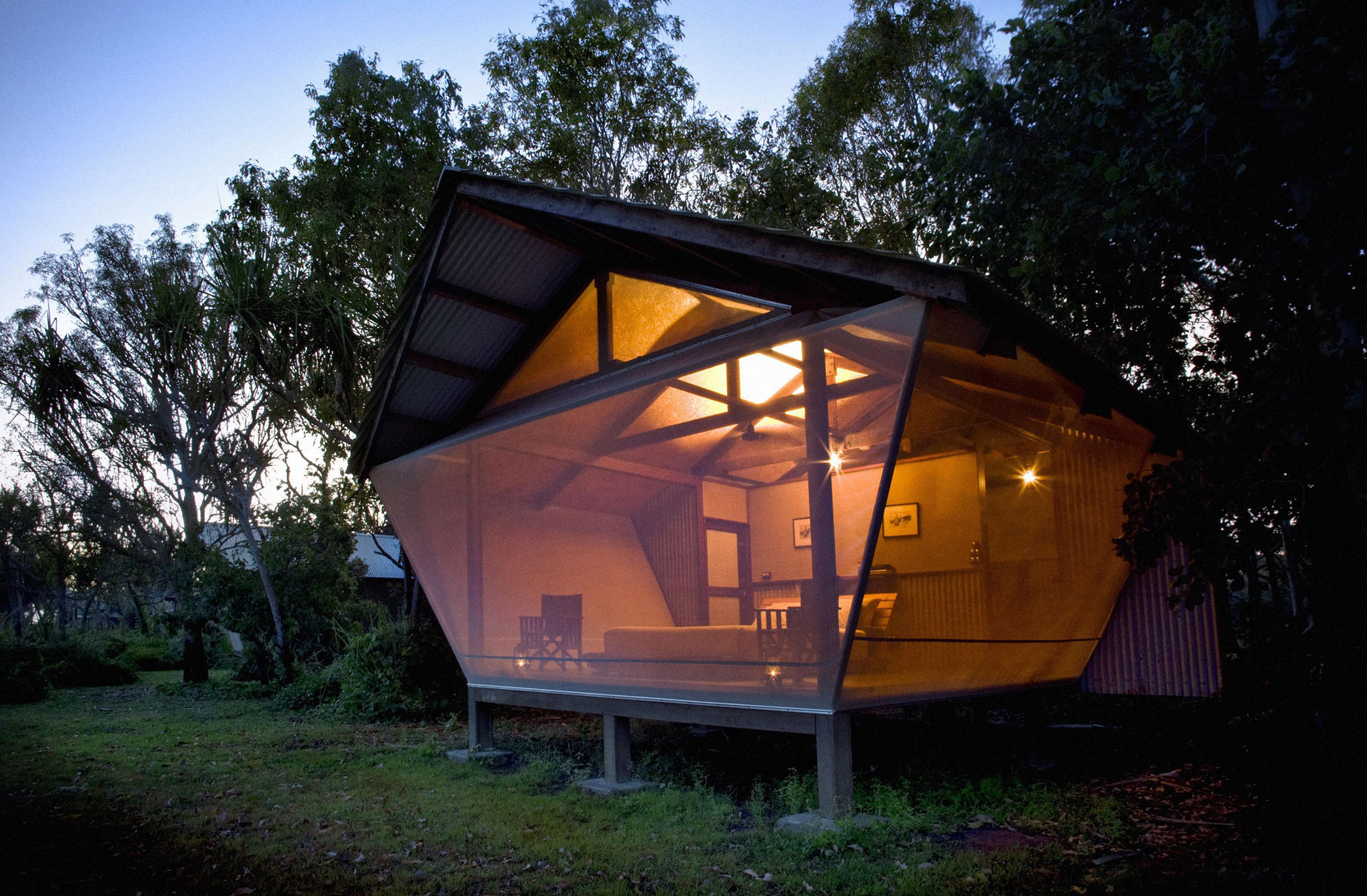
Guests at Bamurru Plains sleep in safari-style tented bungalows. Photo by Archie Sartracom.
Days are spent adventuring, after which guests return to swap stories with fellow travellers over a long-table dinner. On my first evening, I sip Forty-Two Degrees South Tasmanian pinot grigio and feast on sautéed prawns and chicken al forno as time slips away over conversation with guests hailing from Cape Town, Singapore, Los Angeles, Moscow, and Sydney. Many are at Bamurru to punctuate a grand tour of the country that includes a jaunt to Western Australia, and then a visit to the Great Barrier Reef back east. Some of these seasoned travellers use Bamurru as a base, such as the group from Russia who have arranged daily helicopter trips to Kakadu National Park, Arnhem Land, and “the middle of nowhere” for heli-fishing.
A whirring of helicopter blades signals the Russians’ departure the next morning, while the rest of us finish breakfast before dividing into groups for activities. Each day begins with an excursion, followed by lunch, a siesta or swim, and then a safari drive before dinner. Initially, these drives strike me as slow going, and “safari” a bit of a misnomer as, generally, the African sort is more intent on spotting big game than anything else. But settling into the rhythm soon brings a clarity to our divergent purpose: to soak up an appreciation for the whole environment, its inhabitants both large and small.
I lift my binoculars to gaze at wild horses galloping through a clearing, then look to see my guide, Lambie again, pointing at what appears to be nothing more than a mundane tree. “Look closer,” he says, and then I see: the arboreal host is home to thousands of weaver ants, who are using larval silk to stitch together leaves. They also emit a secretion that tastes like lime. “Here,” says Lambie, catching one and putting the ant up to his tongue to taste before carefully placing it back on its tree. “It’s delicious.”
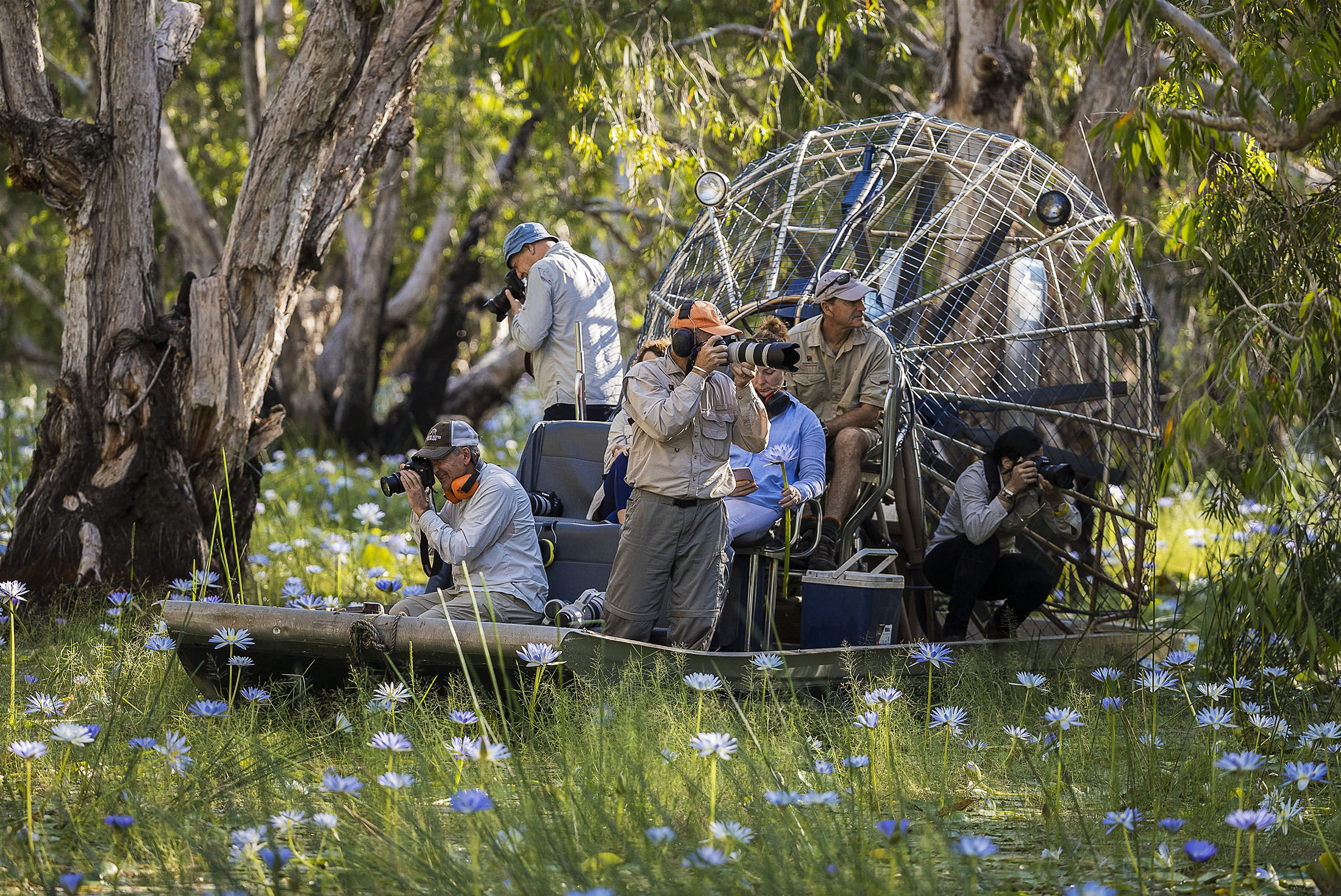
Airboat tours jets deep into the mangroves and wetlands at almost 60 kilometres per hour. Photo by Richard I’anson.
As we drive on, Lambie explains the fragility of this ecosystem’s annual cycle of rebirth and how the animal species, foliage, minerals, and nutrients intertwine. Somewhere in-between learning about the intricacies of termite mounds and seed pods, a fellow guest, Jane, makes a comment. “It makes you see how much [the] damage we are doing to our world matters,” she says softly. “How much it affects the delicate balance of the Earth.”
The next day, this becomes even clearer during an airboat tour, the favourite of all the Bamurru outings, which deposits exhilarated guests with windswept hair back at camp after hours spent discovering the flood plains. I pull on ear protection and hop aboard.
The propeller turns on and the boat picks up speed, soon jetting deep into the mangroves and wetlands at almost 60 kilometres per hour. We zip along the water as magpie geese lift off from the tall grass around us, before slowing down in a native melaleuca paperbark forest.
Anna Teneggi, our guide, plucks a purple water lily out of the water by its metre-long stalk. “These are native to Australia’s billabongs,” she explains. “You can eat the root roasted and the stem tastes like celery.” We pass the stalk around for a taste while admiring its cantaloupe-sized bloom.
“We’re in croc country,” Teneggi cautions, reminding us to keep our limbs inside the boat. “They can hear us right now, they smell us. Remember, they are living dinosaurs. They never went extinct; they survived the Ice Age,” she adds with reverence. “Nature is strong.” That it is.
That evening at camp, I read a notation of gratitude in Bamurru’s guest book. “To all, a special thanks for making this experience be one of Nature, and man at his best, in these troubled times.” 
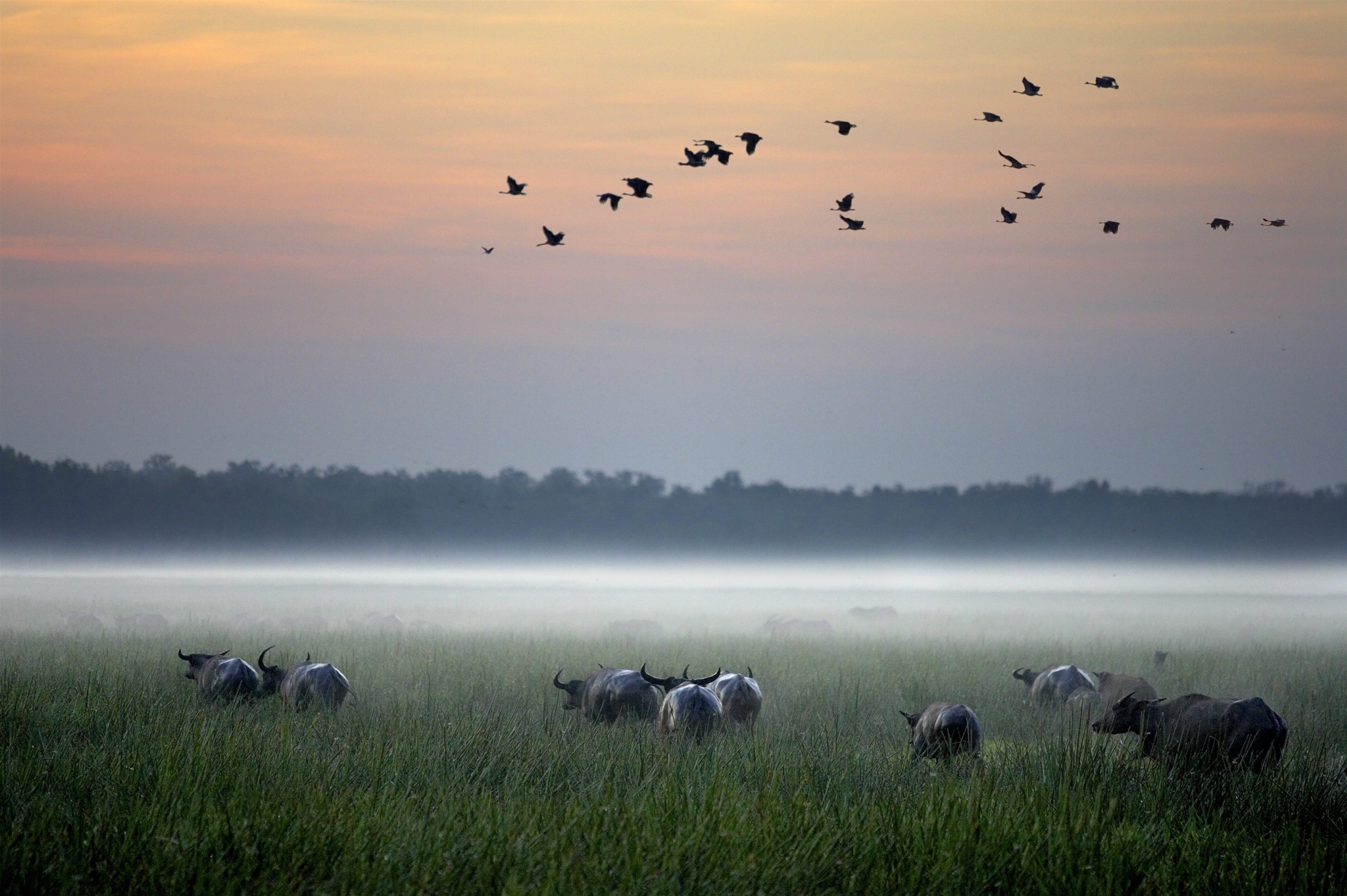
Water buffalo graze across the misty Bamurru Plains. Photo by Peter Eve.
_________
Never miss a story. Sign up for NUVO’s weekly newsletter here.





